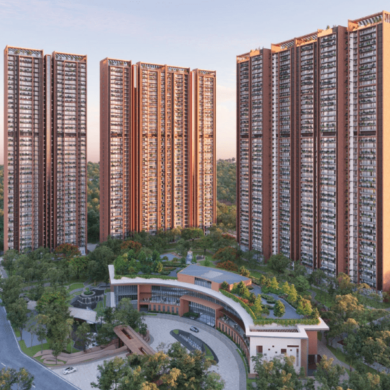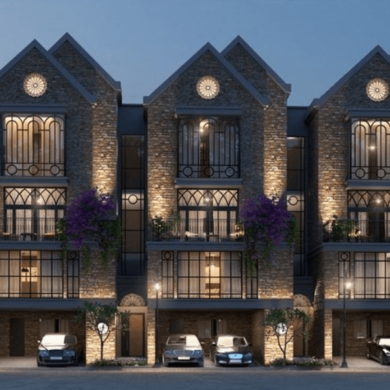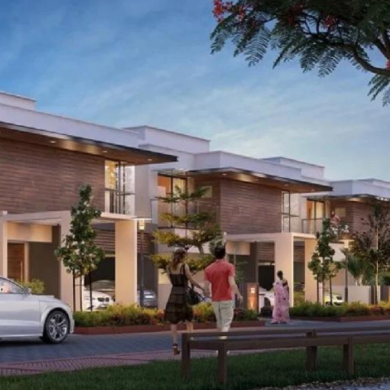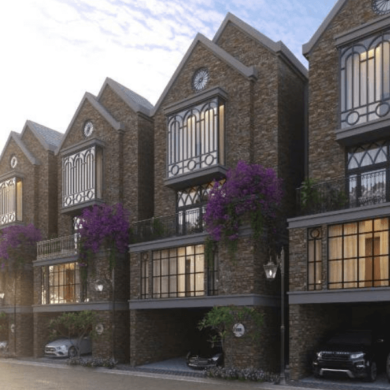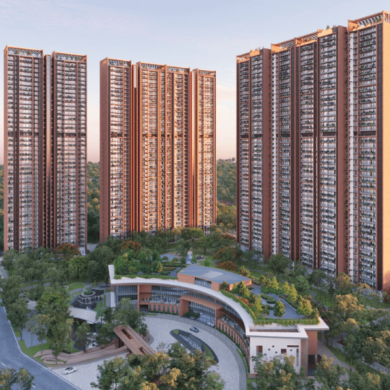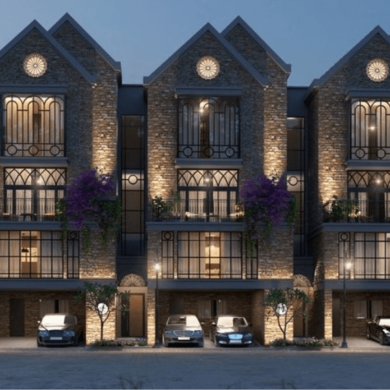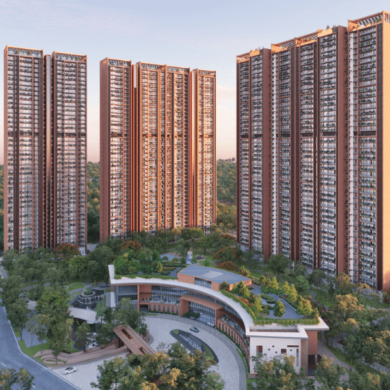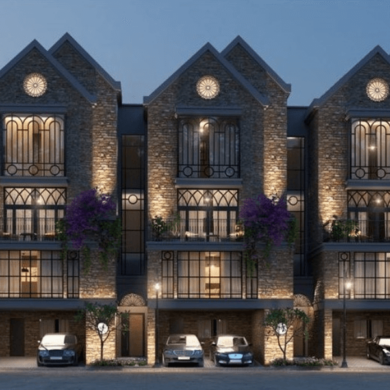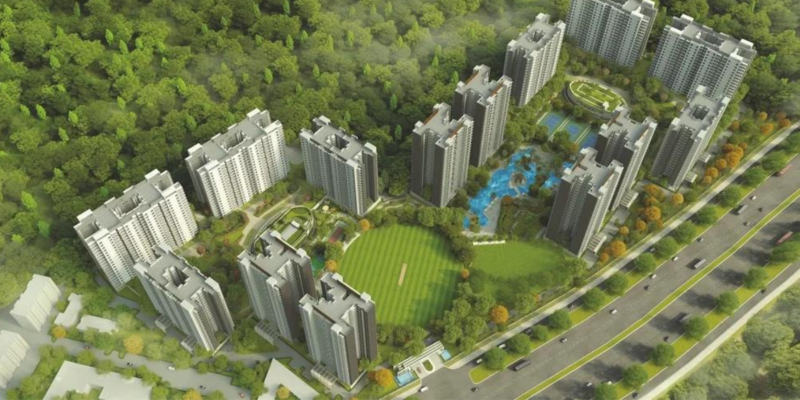
After getting RERA approval, when a developer soft-launches a project to generate excitement in the market and build momentum for the project, it is known as a prelaunch project. Usually customers can expect special prelaunch price for a limited period. On the other hand, in an ongoing project, the launch has already happened, pricing is regular, & construction has possibly begun.
Table of Contents
What is Prelaunch Project?
In real estate & property development, a new project involves several stages and considerations. One critical phase in this journey is the prelaunch stage, which sets the foundation for the success and future of the project. A prelaunch project is promoted at an attractive price for a short period of time. This helps build momentum and generate excitement in the market. Regardless of the stage, no project can be promoted or sold without RERA approval & RERA number.
What is Ongoing Project?
These are already launched, with the promotional price being hiked to the regular price planned for the project. It is possible that construction has begun already. Unlike prelaunch projects, which are still in the planning or early stages, ongoing projects have already broken ground and are progressing toward completion.
Difference Between Prelaunch and Ongoing Projects
In this section, we will understand the key differences between these 2 types of projects, from the point of view of development stages, pricing dynamics, customisation options, possession timelines, and benefits & risk factors.
-
Development Stages in Prelaunch and Ongoing Projects
Prelaunch Project
In the prelaunch stage, developers carefully analyse market demand, potential risks, and local regulations to mitigate any challenge during the project’s lifecycle. It goes through several essential development stages to ensure a smooth and successful prelaunch. These stages involve land acquisition, concept development, market research, architectural planning, securing funding, and more. Architects, engineers, and interior designers collaborate to create a compelling vision for the project.
Ongoing Projects
These projects undergo several development stages, in addition to the ones in prelaunch. These stages include selling inventory, construction, and final finishing touches. Developers often provide potential buyers with insights into the current development stage of the project, enabling them to make informed decisions.
Within the realm of ongoing projects, there are diverse opportunities available. Some projects may be in the early stages of construction, while others may be nearing completion, offering different levels of investment choices and timelines. Buyers can select projects based on their preferences, risk tolerance, and financial capabilities.
-
Pricing Dynamics in Prelaunch and Ongoing Projects
Prelaunch Projects
One of the significant advantages of engaging with a prelaunch project is the potential for attractive pricing. Developers typically offer lower-than-usual prices and exclusive deals during the prelaunch phase to incentivise early buyers. By purchasing a property during the prelaunch phase, buyers can secure a competitive price advantage compared to those who invest in the project at a later stage.
Ongoing Projects
It is common for prices to appreciate as a project progresses, reflecting the potential appreciation of the property value upon completion. Therefore, investing in an ongoing project at a later stage may reduce the pricing advantage for buyers. Additionally, ongoing projects can be influenced by the overall construction landscape. Changes in material costs, labour availability, and government policies can impact the pricing dynamics. Buyers must stay informed about these market factors to make well-informed decisions.
-
Customisation Options in Prelaunch and Ongoing Projects
Prelaunch Projects
Buyers who engage early in the project’s development can space out their payments, and plan interior designing & home registration well in advance. Thus they can easily personalise certain aspects of their future property. This level of customisation allows the buyer to tailor their apartment to their needs & preferences, reflecting their personal style and creating a sense of satisfaction.
Ongoing Projects
If an ongoing project is very close to completion, buyers may have less time at hand to finalise their decision, arrange funding, engage the services of an interior designer, and take out time for apartment registration. Buying a home is one of the most important decisions in life, and having ample time at hand is always advisable. On the other hand, if a buyer is looking for a ready to occupy home, booking in an ongoing project is better than a prelaunch project. This also helps save rent, as one can start living in their new home very soon.
-
Possession Timelines in Prelaunch and Ongoing Projects
Prelaunch projects
While developers strive to provide accurate estimates, buyers should carefully review the possession timelines and be prepared for possible adjustments due to factors beyond the developer’s control. Regular updates on construction can help manage expectations and minimise frustrations associated with any potential timeline changes.
Ongoing Projects
It is easier to provide a more accurate estimate of possession date for an ongoing project, since the construction has already begun. Regardless, buyers should stay updated on the construction status and carefully review the possession timeline.
-
Benefits and Risk Factors in Prelaunch and Ongoing Projects
Prelaunch Projects
Engaging with a prelaunch project comes with its own set of benefits and risk factors. One of the significant benefits is the opportunity to secure a property at a lower price compared to the post-launch market rates. This pricing advantage can provide buyers with potential long-term financial gains.
While developers work diligently to meet project deadlines, unexpected circumstances beyond the developer’s control could lead to delays in completion. Buyers should carefully evaluate these risks and conduct due diligence before making an investment decision.
Ongoing Projects
These offer several benefits that attract buyers seeking a balance between investment returns and uncertainty. One key advantage is the potential for quicker possession. Ongoing projects are closer to fruition, allowing buyers to start living in their homes sooner.
Buyers can visit the site, assess the construction progress, and evaluate the quality of the project before making a purchase. This increased transparency helps mitigate the risks associated with investing in properties still in the planning or early stages.
-
Decision Making Factors
Several key factors should guide your decision-making between prelaunch and ongoing projects. Firstly, conducting thorough due diligence is of paramount importance. This involves evaluating market trends, researching the developer’s track record, and understanding the project’s location, amenities, & potential for growth.
Furthermore, assessing your personal preferences & goals is crucial. Consider the desired possession timeline, customisation options, and overall investment potential. By aligning these factors with circumstances and risk tolerance, you can take an informed decision that suits your needs & aspirations. Remember, every buyer’s journey is unique, and carefully considering these factors will help you make a sound investment choice.
Final Thoughts
In final thoughts, it is important to recap the key differences between prelaunch and ongoing projects. Prelaunch projects offer a sense of anticipation and potential for early investors, along with attractive price benefits and choice of units. On the other hand, ongoing projects provide a more stable and established foundation, allowing for a better assessment of their performance and viability.
For potential investors, it is crucial to carefully evaluate their options and weigh the advantages & drawbacks of each. Aligning investment choices with individual needs and conducting thorough research is paramount. By doing so, investors can make important decisions that align with their goals and mitigate potential risks in the ever-evolving landscape of investment opportunities.
Also Read,
Advantages of Investing in Pre-launch Projects in Bangalore
How to Save for a House Down Payment?
Documents Required for Buying a Property
Advantages of Investing in Indian Real Estate
FAQ’s
1. What is a prelaunch project?
A prelaunch project is offered by a developer to gauge the interest of customers, after receiving the RERA number. A few units are offered at lower prices to generate excitement in the market.
2. What is the difference between prelaunch and launch?
The main difference between prelaunch and launch is that prelaunch has lower prices for a few units for a limited period. Launch is the main introduction of the project to the market, accompanied by promotional efforts.
3. Is it safe to invest in the prelaunch apartments in Bangalore?
Real estate projects cannot be sold without the RERA number, regardless of whether they are in prelaunch or launch stage. A few other ways to ensure the safety of your hard-earned money, are checking the reputation of the builder, carefully inspecting all the documents, and taking a home loan from reputed bank or NBFC.
4. What is a prelaunch in construction?
Prelaunch in construction refers to the initial phase of a real estate project after receiving RERA approval, before the formal commencement of construction activities. It involves announcing the project with its RERA number, offering a few homes at special prices, and creating a buzz in the market & excitement among interested customers. Prelaunch sets the foundation for the construction process and ensures a smooth transition to the actual building phase.


